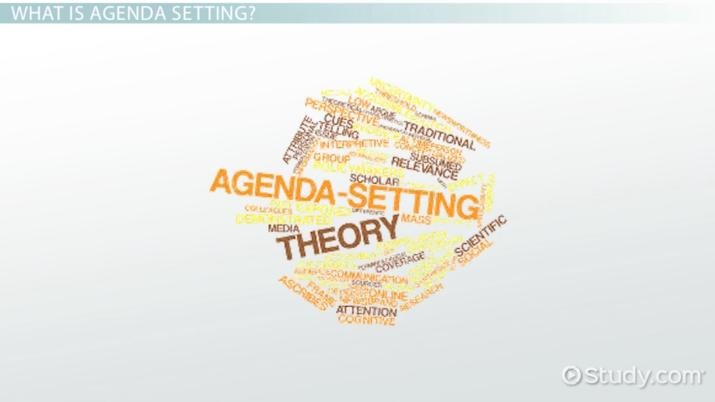A strong start is essential for setting the tone of the call. The host or leader should begin with a warm welcome, introduce any new participants, and outline the call’s purpose. It’s important to set expectations by briefly sharing the agenda, estimated time for each section, and intended outcomes. An agenda keeps the call focused, ensures that everyone is on the same page, and helps prevent unnecessary tangents.
For larger conference calls, a quick round of introductions helps build rapport, especially if participants are joining from different locations or teams. The introductions can include each person’s name, role, and a brief overview of what they hope to contribute to or gain from the call. After introductions, reviewing the rules of engagement is helpful: setting protocols for muting, signaling when one wants to speak, and handling any questions.
- Key Discussion Topics
The main discussion topics make up the core of the call. To make this section productive, each topic should have a clearly defined purpose, whether it’s sharing updates, making decisions, or brainstorming ideas. Here’s how to handle common topics effectively:
Project Updates and Progress Reports: If the call is focused on an ongoing project, each team member or department can provide updates on their progress. For efficiency, team members should keep their updates concise, focusing on key achievements, challenges, and next steps. Using structured time for each speaker or department keeps the call on track.
New Proposals or Initiatives: For calls dedicated to launching new initiatives, presenters should explain the goals, objectives, and reasons for pursuing the initiative. They might also outline any proposed timelines and resources needed. If feedback is required, the leader can prompt for questions or input at specific points, ensuring that everyone has a chance to share insights without derailing the call’s flow.
Problem Solving and Issue Resolution: If the purpose of the call is to address challenges, participants should come prepared with a summary of the issue and potential solutions. Ideally, they’ll present their ideas succinctly, allowing the group to collaborate on finding the best resolution. For efficient problem-solving, the group can use decision-making techniques like round-robin feedback, or they might vote on potential solutions to quickly assess consensus.
Client or Stakeholder Feedback: When discussing feedback from clients or stakeholders, the team can review any notable points, either positive or constructive, and brainstorm action items to address specific concerns. If the call includes clients or external stakeholders, structuring their time and addressing their questions directly ensures they feel valued and understood.
- Interactive Elements and Participant Engagement
Keeping participants engaged during a conference call can be challenging, especially if it’s lengthy. Here are several ways to foster engagement:
Polling and Surveys: Use quick polls to gauge the group’s stance on key decisions or to get real-time feedback. Many video conferencing tools have polling features that allow participants to vote or provide anonymous input, which can be a valuable way to collect feedback efficiently.
Breakout Sessions: For larger conference calls, especially those focused on brainstorming or strategic planning, breakout sessions can be highly effective. Dividing participants into smaller groups allows for more focused discussions, after which representatives from each group can share insights or ideas with the larger group.
Q&A Sessions: Designate specific times for questions, whether
